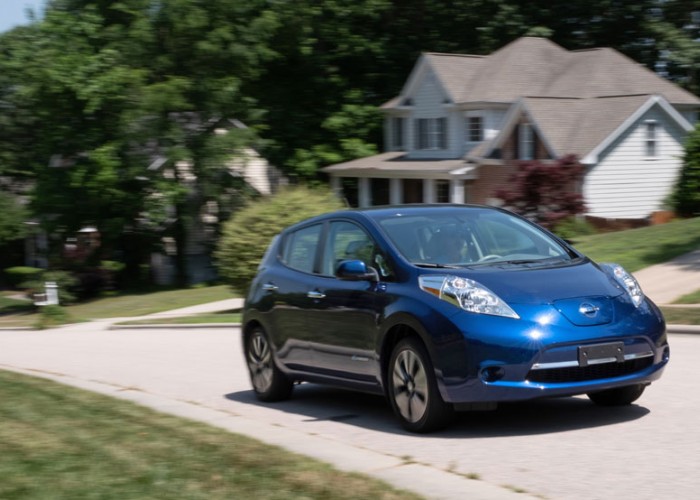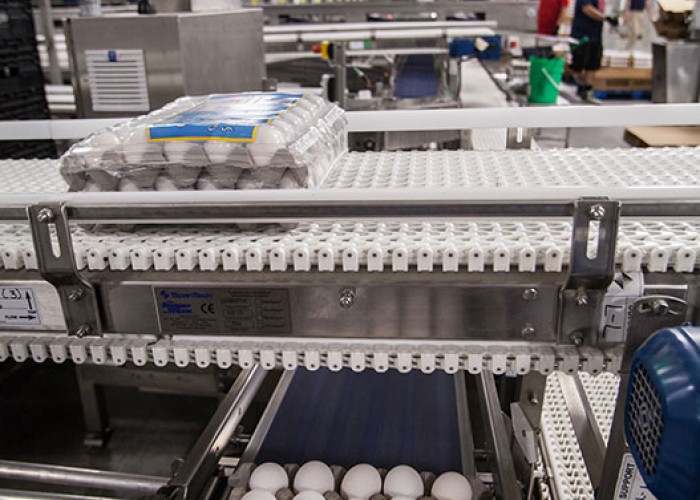Long-term Plans Focus on Value for Co-op Members
Sustainability and efficiency goals underscore cooperative difference
North Carolina’s Electric Cooperatives recently announced long-term plans to leverage existing resources while deploying new technology to serve members more efficiently and sustainably in the future. These plans are guided by each electric co-op’s local roots and focus on delivering value to cooperative members and their communities.
Sustainability Goals
North Carolina’s electric cooperatives are working toward two significant goals in order to deliver low-carbon electricity over a grid that is more efficient, resilient and secure:
- By 2030, a 50% reduction in carbon emissions from 2005
- By 2050, net zero carbon emissions.
Grid Operations
North Carolina’s electric cooperatives are developing a “virtual power plant,” coordinating thousands of distributed energy resources across the cooperative network. Coordination of these resources ensures they work together to deliver the most possible value to all cooperative members.
- 1 statewide electric vehicle charging network
- 5 microgrids
- 18 community solar sites
- 50 megawatts of conservation voltage reduction*
- 28 thousand demand response devices** by 2021
* A way to deliver power more efficiently
** Consumer-based devices, like smart thermostats, that can be coordinated to save energy system-wide
Cooperative Difference
Because electric cooperatives are led by members and belong to the communities they serve, co-ops understand local needs and drive innovation to meet those needs — never to make a profit.
- $40 million loans of up to $2 million at 0% interest
- $12.9 million provided to classrooms through education grant program
- $57 million provided for economic development grants and loans
North Carolina’s electric cooperatives are committed to enriching the lives of their members through community and economic development.
-
Innovation from electric cooperatives
-
Share this story:





